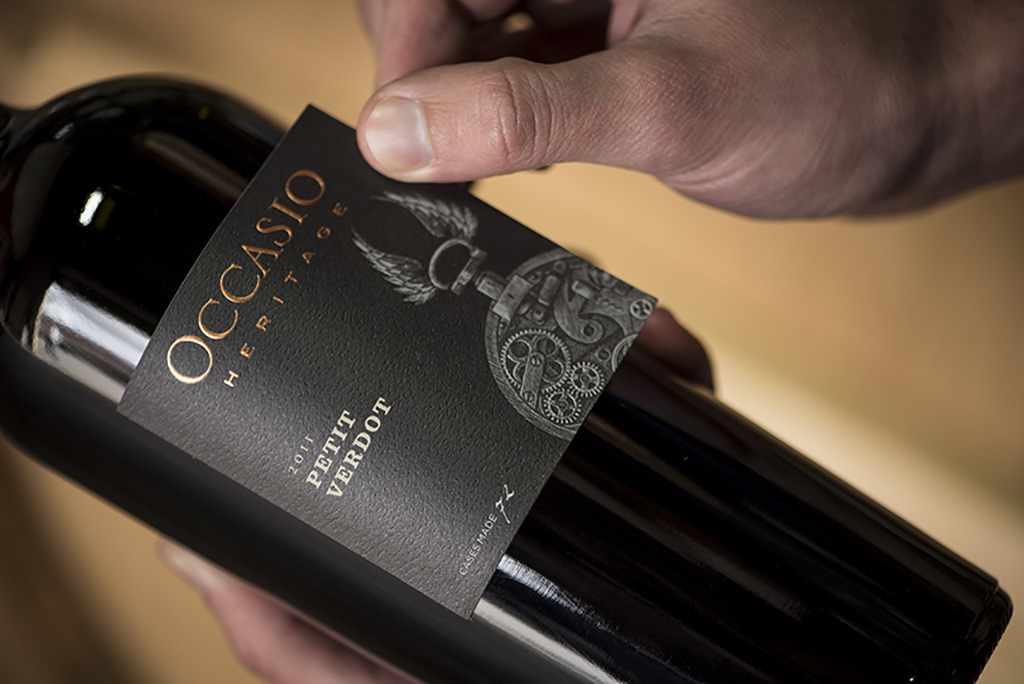Preserving Terroir – A New Age in Cork Closures

Last spring I pulled a bottle of wine from my cellar to share with friends. You can imagine my disgust when, upon pulling the cork, the room filled with the unpleasant odor of moldy cardboard. The wine I had paid good money for, and carefully stored for a special occasion, was ‘corked.’ I felt cheated. Unfortunately, my experience is all too common, even in the most expensive wines.
Winemakers fear the ‘corked’ bottle. At best, the consumer recognizes the fault and exchanges the wine. At worst, consumers think the winery produces bad wine and never buy from them again. And, though I purchase only the finest corks for my wines, I still experience the tainted bottle on occasion. It is why I always send my most experienced staff for outside pouring events so they can sample the wine before serving. It is why I travel with two bottles when presenting our wines to sommeliers.
Despite the risks, I remain convinced that the perfect cork is still the best closure for a living wine. It is why the finest wines are still sealed with corks, and why many winemakers are beginning to abandon the screw cap in a return to natural closures. But, at the same time, I am uncomfortable with the risk that corks pose for our wines. We have spent countless hours striving to craft wines that express our terroir, and I find it unacceptable to have this effort ruined by one bad cork.
Last summer, I began exploring corks from a small, family owned company that maintains strict control of their cork forests in Spain. Quality control at all stages of production is among the highest in the industry – each cork can be traced back to the tree from which it came. By starting with these ISO 9000 certified corks, we have eliminated the problems associated with variability and overt flaws, but we still haven’t eliminated the possibility of cork taint. This is why we requested an additional step in the certification standards – individual testing of each cork for molds and contaminates that might affect the wine. In essence, every one of our corks is analyzed for the contaminants that might lead to cork taint, guaranteeing 100% certainty that none of our bottles will be “corked.”
This final step in the certification process is expensive. Our new corks are ten-times more expensive than the average cork used in the industry. But, I think it is a small price to pay to assure that even our least expensive wines leave our hands in the condition we intended, so that our customers can enjoy the purity of Livermore terroir.
Today, the first of these new corks will be used to bottle our 2015 Del Arroyo Vineyard Chardonnay. It is fitting that this wine is the first to receive the new corks, as it the first of our wines to fully benefit from our investments in farming, winemaking, and aging that we initiated two years ago in our drive to recapture the historic qualities of Livermore terroir. At today’s bottling, the aromas of our Chardonnay are captivating, expressing the delicate floral notes remarked upon over a century ago. The flavors are pure, with the fruit of the vine carefully framed by just the right balance of French oak. Literally, this is a classic Livermore Chardonnay, the likes of which we haven’t seen in nearly a century.
The winemaking is done. My goal today is to capture the essence of this wine and preserve it. It is up to the cork, now, to keep the wine true as it rests in our cellar.


